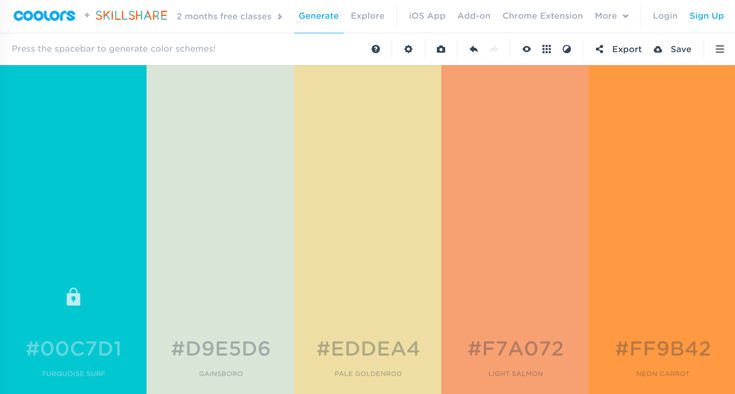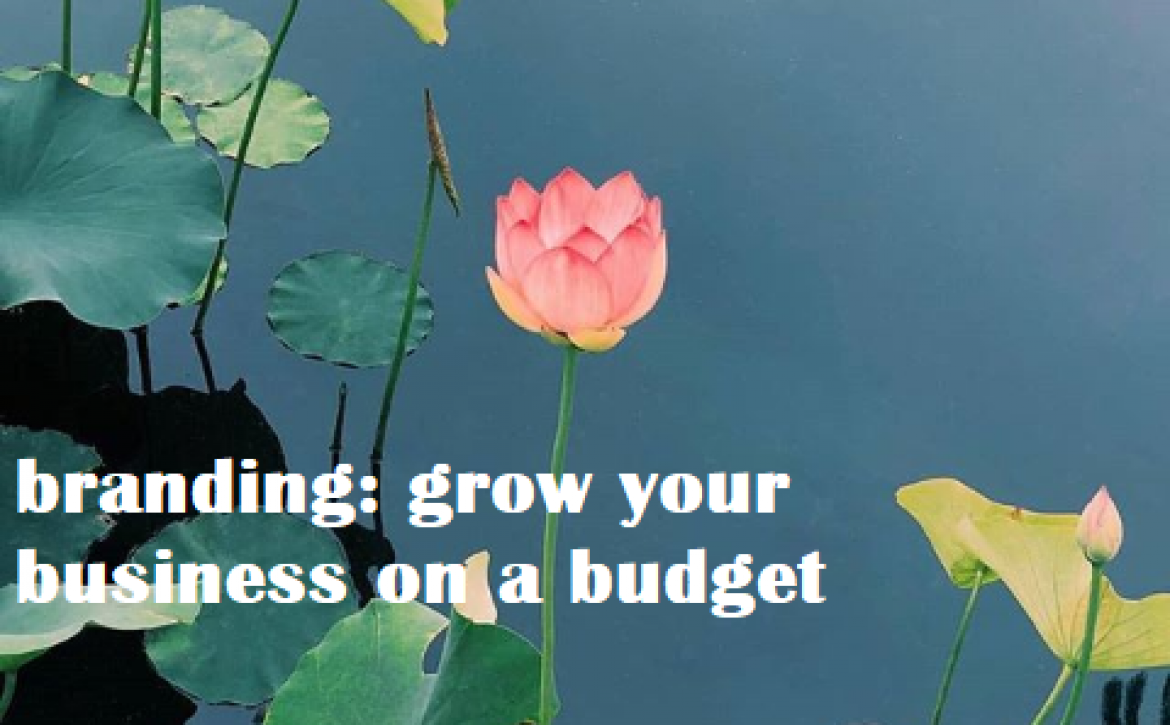Build a Brand Strategy on a Budget
Your brand strategy is like the DNA of your company; it’s how you set yourself apart from the competition and show your ideal customers who you are and why they should work with you.
Without a strong brand, people might buy your products or services — but they’ll forget you as soon as the credit card charge clears.
With the right brand strategy, you could set yourself apart from the competition, develop a loyal customer base, and increase your profits.
First things first…
If you’ve got a limited budget to work with, you want to start with the most important design assets first — your logo. Your logo is the face of your company, so you don’t want to wait until you’re almost out of budget to get it designed.
So, how can you do this the most efficiently, financially? Use a platform like 99designs, where you can run a design contest. You put together a brief for what you need, and then multiple designers send over their ideas. You get to look through everything and only pay for the design you choose. It’s a great way to get exposure to multiple designers and ideas — without having to pay for samples from each one.
Do Your Homework
Strong brands are built on market research – you need to know who you’re selling to before trying to craft a brand strategy.
While large companies often pay consultants to do market research for them, you can easily cut out these costs by using tools from all over the web. Here are a few (free!) recommended tools to get you started:
- Hootesuite– Manage up to 3 social profiles and schedule your posts in advance. The free plan also includes basic analytics for tracking followers and various growth and content statistics
- Google Analytics – Shows you all sorts of demographic information about your current users, like their ages, genders, and country of residence.
- SocialOomph– With the free plan, you can schedule tweets, track keywords, shorten URL’s, and manage up to five Twitter accounts, but some of the more sophisticated features require a paid plan.
- Followerwonk– Connect a profile, view authority rankings, see followers and their locations, see when followers are active, and access several other details to further analyze your social audience. Bam.
Find your buying audience, understand their needs, and see how you can help them solve problems. With your research done, you can tweak the design elements of your brand to fit your audience’s demands.
Build A Quality Website
You don’t need to spend a fortune on your website until your business is bringing in enough cash to have it professionally designed. With all of the DIY website builders out there, it’s totally within your power to set up our own creative website if you’re willing to roll up your sleeves and apply a bit of sweat equity.
Make sure you choose the right tools that will allow you to scale, iterate and grow. Not all website templates are created (or coded) equally, so be careful of “free” options (there’s usually a tradeoff).
I recommend the Divi theme from WordPress. It’s the most popular WordPress theme for a reason! It’s easy to use and there’s a huge online community if you ever need support or have a question. The sky is really the limit on what you can do with it design-wise.
Create a Color Scheme

Coolors.co – once you start the generator, paste your primary logo color into one of the slots, “lock” it, and begin pressing your spacebar.
This is probably one of the fundamental, yet the most central element of your brand- the color scheme.
You’ll want to create a color palette for your website, social media profiles, logo, business cards–everything. Everything should stick to a consistent color palette. Color is what captures people’s attention at an emotional level, and can set you apart from your competitors.
You can absolutely create one for yourself, but here are a few things to keep in mind:
- You’ll want your color palette to reflect your brand’s personality and it should be appropriate for your audience and what you sell. (It’s not just about picking colors you like.)
- You’ll want to make sure your color palette is functional. The biggest mistake I see people making with their color palettes is choosing way too many colors that don’t work together in practice.
- Don’t go too crazy–the more hues you have in your palette, the harder it can be to work with them
- Choose plenty of neutrals to round out your palette – The funny thing is if you use plenty of neutrals and then add “pops” of color sparingly, the color actually stands out more.
- Make sure you have an “action color” that’s in contrast to your primary brand color(s). This is especially important for your calls to action on your website, you don’t want those blending in (people will miss them=no bueno.)

Take Advantage of Email Marketing
Probably the only thing used more than social media is email. All you have to do is hit the “Send” button, and you have direct communication with all of your loyal customers.
Whether you’re running a promotion, uploading a blog, or selling a new product, email marketing is an easy way to let your customers know what’s going on in your company – with minimal effort. Don’t use email as an excuse to spam your customers – no one likes that. Ever.
There are many email marketing services for small businesses that cost next to nothing, such as:
Create Quality Content
Creating content is a sound long-term investment, and the only thing it costs you is time.
Articles, guest blog posts, educational videos, and other long-form texts can give you a broader brush with which to paint your brand – generating brand awareness in the process.
But more importantly, great content allows your target audience to respect you as an authority– you can answer customers’ questions and give them the advice that makes them trust your brand.
Also, creating content gives you an opportunity to collaborate with other companies in your industry, granting you more exposure through their viewers.
So, if you don’t have a blog – start one! It’s a key strategy for organic marketing; Your blog could give someone their first exposure to your brand.
Blogger or Hubpages is a great free platform for creating a blog.
Wrapping it up…
All of this focus on design should be working towards one goal: Creating a durable brand identity.
Your brand doesn’t need bells and whistles to be powerful – many of the best brands don’t rely on expensive gimmicks and stunts. Instead, they’re successful because they communicate their companies’ goals, values, and mission in a clear way.


